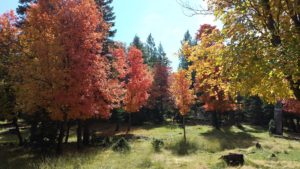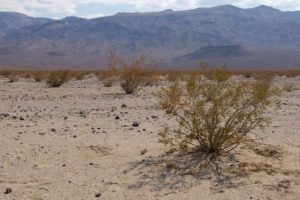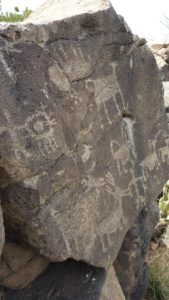How to Create Retirement Income!
Few of us are building pensions anymore. Social Security doesn’t seem as “secure” as the name implies. So, what are working stiffs supposed to do? Where are we supposed to get our Retirement Income? What about a small business owner? Obviously, the answer is different for each of us, but, there are commonalities that we can discuss in open forum without doing a full analysis of your personal situation.

Creating Retirement Income!
If they have average earnings about 40% of an average retiree’s income in retirement is filled by Social Security (www.ssa.gov). The balance of your needs will have to be fulfilled from your savings in one manner or another. The following is a discussion of commonly used methods.
LIVE OFF OF INTEREST ONLY
In years past, I met several retirees that had no intention of ever touching the principal of their savings. This method was working back when interest rates were 5% and higher. Now, with CD rates hovering around 1%, it becomes very difficult. Imagine someone needing to generate $2500/month at a current annual CD rate of 1.25%. That person would need $2.4M in CD’s. Fixed annuities are in the 3% and under range so they aren’t much better.
What about if we tried it with high quality bonds? Well, as of this writing, Moody’s Aaa bond yield averaged 3.43%. The same $2,500/month would require an investment of about $874K. The issue with this type of investment is that your money is at risk. While you may be living off the interest, your principal is at risk. As interest rates go up, bond values drop. As you can see, this time of historically low interest rates are killing this plan. All interest is taxed as ordinary income.
THE 4% RULE
“The four percent rule is a rule of thumb used to determine the amount of funds to withdraw from a retirement account each year. This rule seeks to provide a steady stream of funds to the retiree, while also keeping an account balance that allows funds to be withdrawn for a number of years. The 4% rate is considered a “safe” rate, with the withdrawals consisting primarily of interest and dividends.” (INVESTOPEDIA, http://www.investopedia.com/terms/f/four-percent-rule.asp)
The theory behind this rule is that if you begin withdrawing 4% annually and increase the withdrawal 2% annually (inflation), that you should be able to fund 30 years of retirement. Emphasis on the word “theory”. For this sort of plan to work, you cannot have losses early in the process. Also, remember that the 4% paid to you is a variable. If you begin your retirement with $1M in savings, your initial annual income would be $40k. If you take $40k and also have a 10% loss for the year, you now have $864k. 4% for the next year would be $35,251 (with your inflation increase). You see how this might work.
Many investment advisors shy from these sorts of “rules of thumb” because there are too many variables that the advisor cannot control. Some or all of the income may be taxable depending upon the account type.
ANNUITIZATION
Annuitization is the process of converting money from an asset into a series of payments. Those payments can be a period of time or for your lifetime. Your pension or social security deposits are converted to income through annuitizing those assets. Many people do not like annuitizing as they no longer control the asset. It is very effective for creating your own personal pension, but, in low interest rate environments, the payouts will be relatively low. Gains paid out are taxable.
INCOME BENEFITS FROM ANNUITIES
“Living Benefits” have been around for quite a while and many iterations. There are two basic types of income benefits (with respect to payouts): Guaranteed Minimum Withdrawal Benefits and Guaranteed Minimum Income Benefits. Both are similar in that they guarantee a minimum rollup of income value during the accumulation phase. The income value can be converted to a guaranteed lifetime income at some point in the future. Gains paid out are taxable.
There are many ways to access this kind of benefit. Done properly, it can make a significant difference in the remaining value to a spouse of beneficiary. Done improperly, an annuitant or owner can lose significant value. Significant as in 20-60%. Consult a knowledgeable professional before attempting this by yourself or referring to a website.
CASH VALUE OF LIFE INSURANCE POLICIES
Some types of whole and universal life policies have the ability to accumulate cash value that can later be borrowed from the policy. In many cases, with a properly designed policy, these loans are tax free. There are very few other mechanisms that turn out “tax-free” income besides a ROTH.
This is not an exhaustive list of ways to create income in retirement, just some of the more common methods being used today. Please realize that the last two methods take time to mature. You need to plan! As Winston Churchill said: “Failure to plan is a plan to fail”! Talk to a financial advisor and plan early and often!









